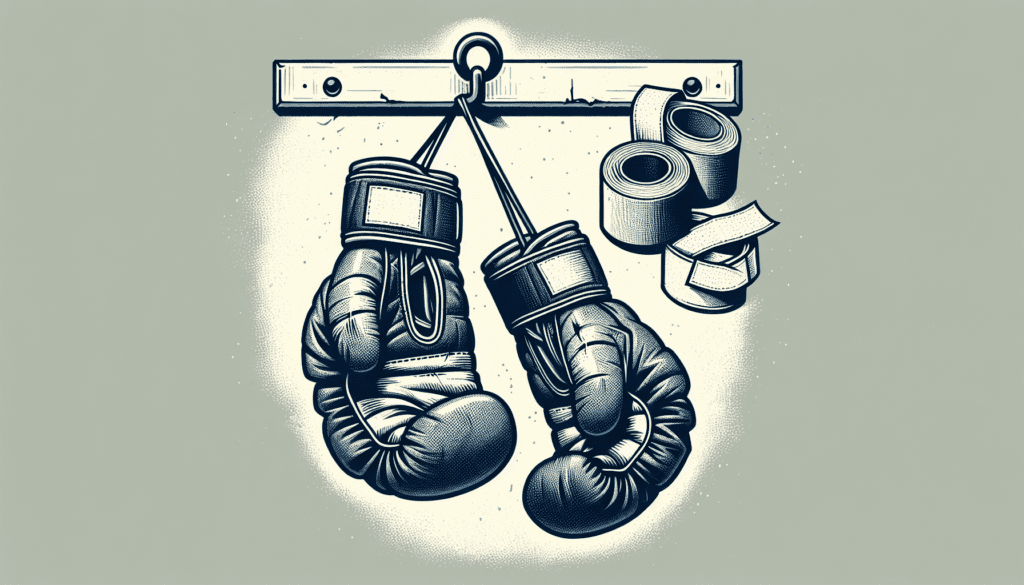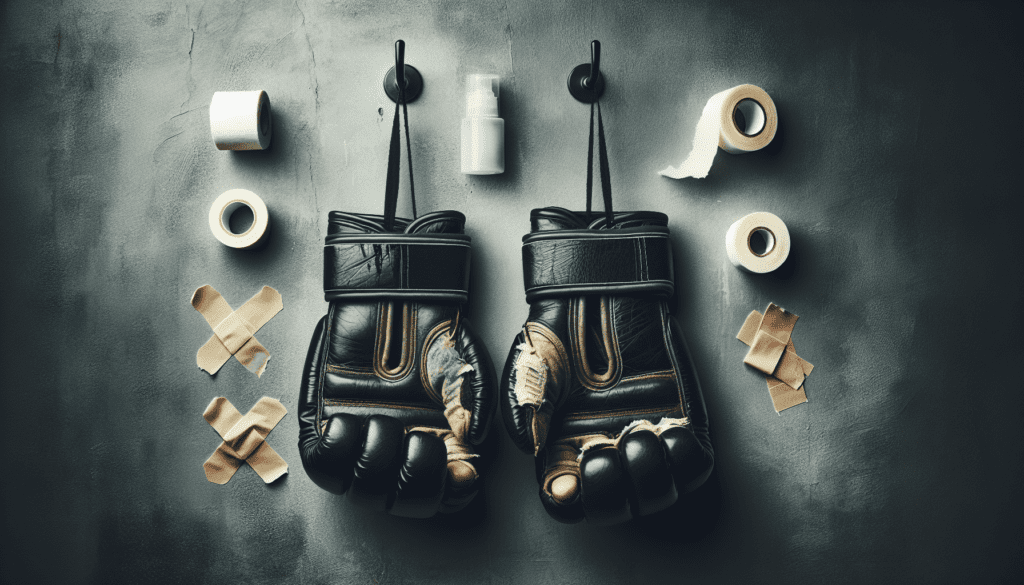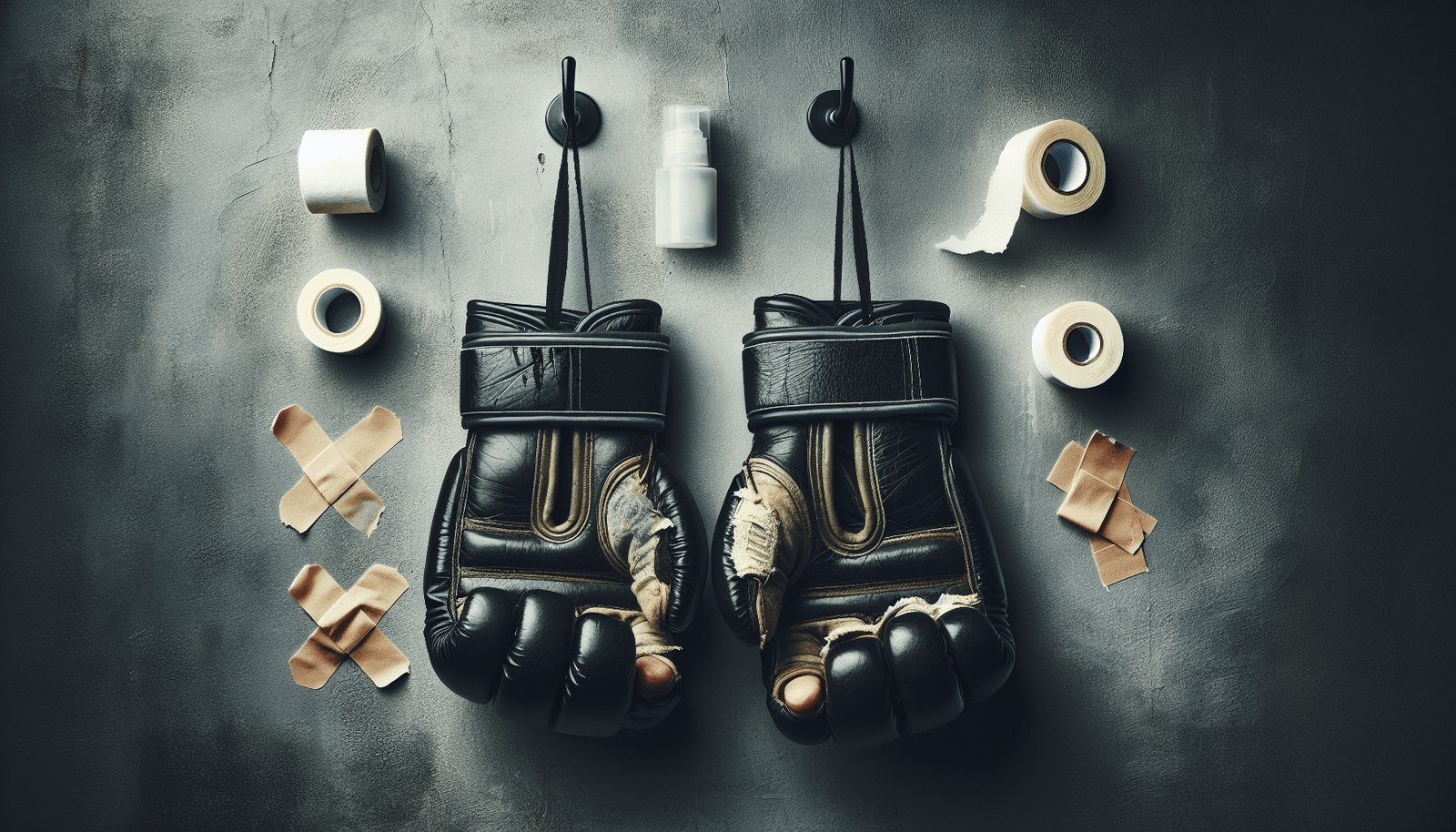Hey there! If you’re into MMA, you know how important it is to stay in the game without getting sidelined by cuts and bruises. From proper technique to protective gear, there are plenty of ways you can prevent these pesky injuries and keep doing what you love. In this article, we’ll explore some expert tips and tricks to help you stay safe and enjoy every moment in the ring. Let’s dive in and keep those cuts and bruises at bay! Have you ever wondered how professional MMA fighters manage to prevent cuts and bruises during their intense fights? In this article, you will learn effective strategies and techniques to help reduce the risk of injuries in MMA. Let’s dive into the world of mixed martial arts and discover how you can stay safe while training and competing in this challenging sport.
Understanding the Risk of Cuts and Bruises in MMA
When you step into the cage or ring to compete in MMA, you are putting your body on the line. Cuts and bruises are common injuries that fighters face during training and matches. These injuries can be painful, unsightly, and even impact your performance in the octagon. Understanding the risk of cuts and bruises in MMA is the first step toward preventing them.
In this section, we will explore the factors that contribute to cuts and bruises in MMA, including the nature of the sport, striking techniques, and the use of protective gear. By gaining a better understanding of these factors, you can take proactive steps to minimize your risk of injury.
The Nature of the Sport: Why Cuts and Bruises are Common in MMA
MMA is a full-contact combat sport that combines elements from various martial arts disciplines, including striking, grappling, and submissions. The dynamic and unpredictable nature of MMA matches often leads to fighters sustaining cuts and bruises during training and competition. Whether you are throwing punches, kicks, elbows, or knees, each strike has the potential to cause injury to your opponent and yourself.
One of the main reasons why cuts and bruises are common in MMA is the variety of offensive and defensive techniques used by fighters. From powerful strikes to aggressive clinches, MMA fighters expose themselves to a wide range of potential injuries. Additionally, the close-quarters combat in MMA increases the likelihood of accidental clashes of heads, elbows, or limbs, leading to cuts and bruises on the face and body.
Striking Techniques: Impact on Cuts and Bruises
Effective striking is a key component of MMA, as fighters use punches, kicks, elbows, and knees to inflict damage on their opponents. However, the same striking techniques that help you score points and win fights can also result in cuts and bruises on your own body. Punches and elbows to the face, kicks to the legs, and knees to the body are all high-impact strikes that can cause significant damage.
To reduce the risk of cuts and bruises from striking techniques, it is essential to focus on technique, timing, and precision. Proper striking technique not only maximizes the effectiveness of your attacks but also minimizes the chances of injuring yourself in the process. By working with experienced coaches and training partners, you can refine your striking skills and develop the control needed to avoid unnecessary injuries.
Protective Gear: Importance in Preventing Cuts and Bruises
In MMA, wearing the right protective gear can make a significant difference in preventing cuts and bruises during training and competition. From gloves and hand wraps to shin guards and mouthguards, the right equipment can help absorb impact, protect vulnerable areas, and reduce the severity of injuries. Investing in high-quality protective gear is an essential part of your overall safety strategy in MMA.
When it comes to preventing cuts and bruises, headgear is a controversial topic in MMA. While headgear can provide some protection against cuts and impact, it also limits visibility and can affect a fighter’s awareness and response time. Some fighters choose to wear headgear during sparring sessions to reduce the risk of cuts and bruises, while others prefer to train without it to simulate real fight conditions. Ultimately, the decision to use headgear should be based on your personal preferences and training goals.
Strategies for Preventing Cuts and Bruises in MMA
Now that you have a better understanding of the risk factors associated with cuts and bruises in MMA, it’s time to explore strategies for preventing these injuries. By incorporating these proactive measures into your training routine and competition preparation, you can help minimize the likelihood of cuts and bruises and ensure a safer and more enjoyable experience in the octagon.
Proper Warm-Up and Stretching: Preparing Your Body for Combat
Before you step foot in the cage or ring, it is essential to prepare your body for the physical demands of MMA. Proper warm-up and stretching routines help increase blood flow, loosen muscles, and improve flexibility, reducing the risk of strains, sprains, and other injuries. By taking the time to warm up properly, you can optimize your performance and protect your body from cuts and bruises during training and matches.
Start your warm-up with light cardio exercises, such as jogging, skipping, or cycling, to raise your heart rate and warm up your muscles. Follow this up with dynamic stretches that target key muscle groups used in MMA, such as the shoulders, hips, and legs. Dynamic stretching involves moving through a full range of motion to improve flexibility and mobility in preparation for the intense physical activity ahead.
Focus on Technique and Control: Minimizing the Risk of Injury
In MMA, technique is everything. By focusing on proper form, control, and precision in your techniques, you can reduce the risk of injury to yourself and your training partners. Whether you are striking, grappling, or defending, maintaining good technique is crucial for preventing cuts and bruises during training and competition.
When practicing striking techniques, pay close attention to your form, balance, and timing. Focus on hitting your target with accuracy and power, rather than swinging wildly and risking injury. Use controlled movements and maintain a defensive stance to protect yourself from counters and potential strikes from your opponent. By mastering the basics and refining your technique, you can minimize the risk of cuts and bruises in MMA.
Protective Gear: Investing in Quality Equipment
As mentioned earlier, protective gear plays a vital role in preventing cuts and bruises in MMA. Investing in high-quality gloves, hand wraps, shin guards, mouthguards, and other protective equipment can help absorb impact, spread out force, and reduce the severity of injuries. When shopping for gear, prioritize safety, durability, and comfort to ensure maximum protection during training and fights.
When it comes to choosing gloves for MMA, opt for gloves that offer sufficient padding for hand protection while allowing for dexterity and mobility. Hand wraps are essential for stabilizing and securing your wrists and hands during striking, reducing the risk of sprains and fractures. Shin guards provide added protection for your legs and feet during sparring sessions and training drills, minimizing the risk of cuts and bruises from kicks and strikes.
Proper Hydration and Nutrition: Fueling Your Body for Optimal Performance
Hydration and nutrition play a crucial role in preventing cuts and bruises in MMA. Staying properly hydrated before, during, and after training sessions helps maintain energy levels, regulate body temperature, and support muscle function. Dehydration can lead to fatigue, cramps, and reduced performance, increasing the risk of injuries such as cuts and bruises.
In addition to staying hydrated, fueling your body with the right nutrients is essential for optimal performance and recovery in MMA. A balanced diet rich in lean proteins, complex carbohydrates, healthy fats, and essential vitamins and minerals helps support muscle growth, repair tissues, and boost immunity. By prioritizing proper nutrition and hydration, you can enhance your resilience to cuts and bruises and promote overall health and well-being.

Advanced Techniques for Preventing Cuts and Bruises in MMA
In addition to the basic strategies outlined above, there are advanced techniques and practices that can help further reduce the risk of cuts and bruises in MMA. From injury prevention exercises to recovery strategies, incorporating these advanced approaches into your training regimen can enhance your safety and performance in the octagon.
Injury Prevention Exercises: Strengthening Key Muscle Groups
Injury prevention exercises focus on strengthening key muscle groups, improving stability and flexibility, and correcting imbalances in the body. By targeting areas prone to cuts and bruises, such as the face, hands, elbows, and knees, you can make these regions more resilient to impact and reduce the risk of injuries during training and matches. Incorporating injury prevention exercises into your workouts can help fortify your body against the physical demands of MMA.
For example, strengthening exercises for the wrists and forearms can help protect against sprains, strains, and fractures during striking and grappling. Resistance bands, wrist curls, and grip strengtheners are effective tools for building wrist stability and endurance. Likewise, exercises that target the shoulders, hips, and core help improve overall body mechanics, enhance balance, and reduce the risk of cuts and bruises from falls, takedowns, and submissions.
Recovery Strategies: Promoting Healing and Regeneration
Recovery is an essential component of injury prevention in MMA. Promoting healing, regeneration, and recovery after training sessions and fights helps repair damaged tissues, reduce inflammation, and prepare your body for the next workout. By incorporating effective recovery strategies into your routine, you can minimize the impact of cuts and bruises and maintain optimal performance in the long run.
One of the most widely used recovery strategies in MMA is ice therapy, which involves applying ice packs to sore or injured areas to reduce swelling, numb pain, and promote healing. Ice baths, cryotherapy chambers, and cold compression devices are popular options for athletes looking to speed up recovery and recovery between training sessions. Additionally, rest, hydration, nutrition, and sleep are essential components of the recovery process, allowing your body to repair and replenish resources for improved performance.
Conclusion: Stay Safe and Enjoy MMA
In conclusion, preventing cuts and bruises in MMA is a multifaceted process that involves understanding the risks, implementing effective strategies, and using the right protective gear. By focusing on proper warm-up and stretching, technique and control, protective gear, hydration and nutrition, injury prevention exercises, and recovery strategies, you can reduce the likelihood of injuries and ensure a safer and more enjoyable experience in MMA.
Remember to prioritize safety, listen to your body, and work with experienced coaches and trainers to enhance your skills and minimize the risk of cuts and bruises during training and competition. With the right mindset, preparation, and precautionary measures, you can stay safe, healthy, and injury-free in the world of mixed martial arts. Embrace the challenges, enjoy the journey, and continue to grow as a martial artist both inside and outside the octagon.


